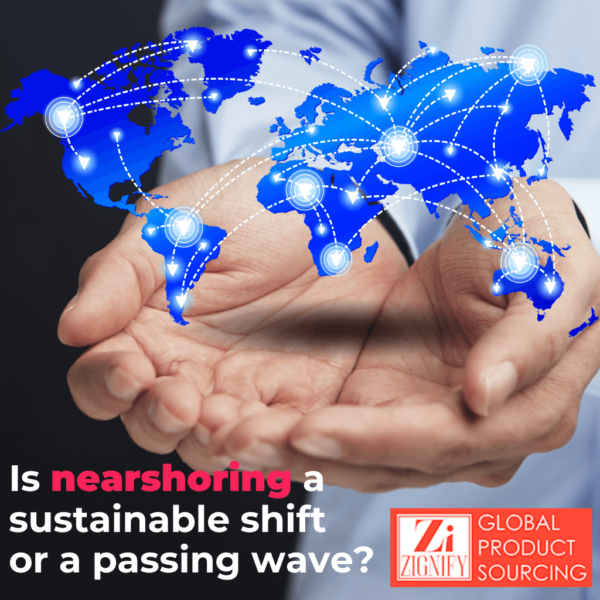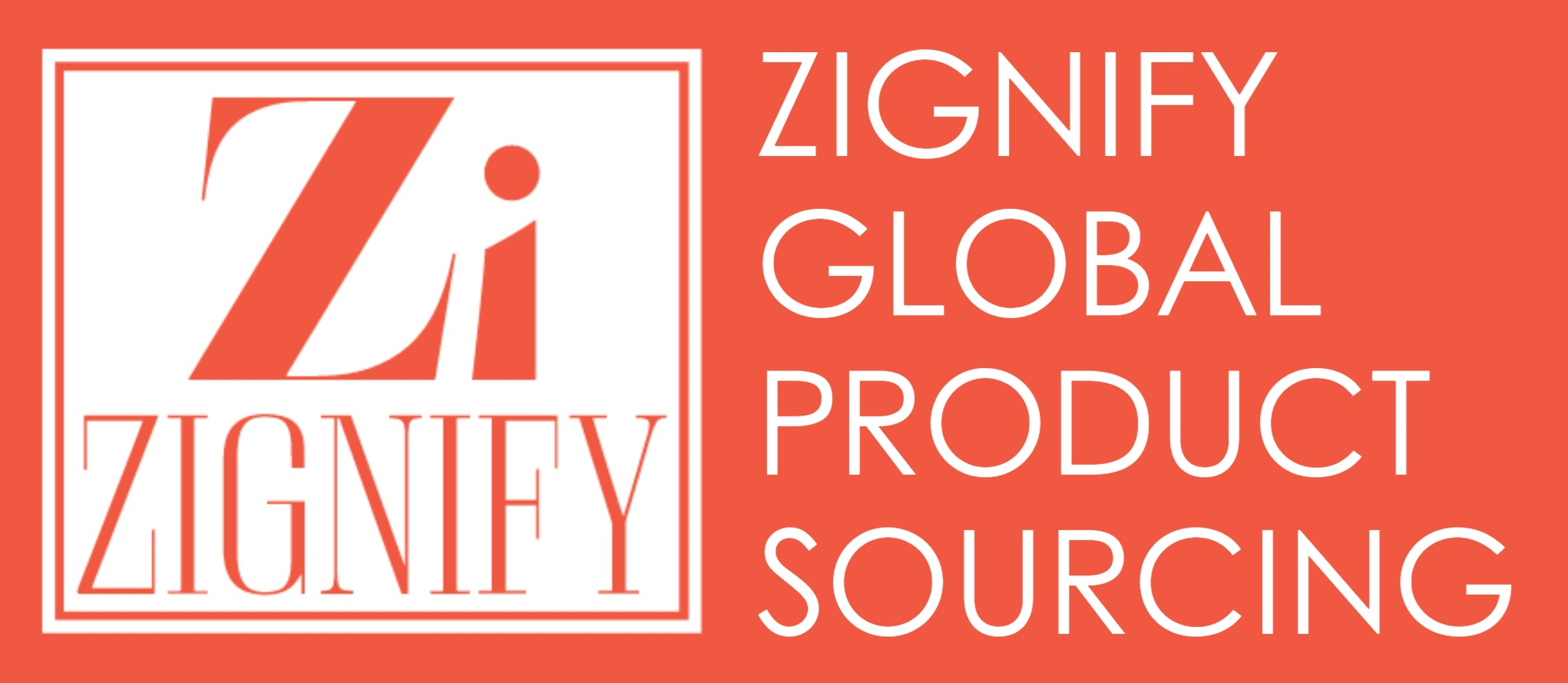
In recent years, the business landscape has witnessed a significant transformation as more companies are opting for nearshoring, a strategic move that involves bringing manufacturing to neighbouring or nearby countries.
Contrary to being a passing trend, nearshoring is proving to be a sustainable solution that addresses critical challenges in supply chain management, such as supply chain disruptions and is emerging as a sustainable shift, with numerous giant corporations actively embracing this trend.
Why is everyone talking about it, and how can it help you, whether you’re running a business, starting something new, or selling on Amazon? Understanding its depth could reshape your operational playbook.
This article explores the reasons behind the rise of nearshoring, its profound impact on supply chain resilience, and why some of the biggest players are already making the shift.
The Rise of Nearshoring
The traditional approach of offshoring, where companies outsource operations to distant countries, is facing challenges such as lengthy supply chains, communication barriers, and geopolitical uncertainties.
Nearshoring, on the other hand, involves outsourcing to neighbouring countries or regions, offering several advantages. The allure of nearshoring lies in its array of strategic advantages. By reducing transportation costs, enhancing communication channels, and capitalizing on geographic proximity, businesses can achieve newfound operational efficiencies and flexibility.
Embracing Nearshoring and Mitigating Supply Chain Disruptions
In a world where time and efficiency shape the pulse of commerce, the recent crises in the Panama and Suez Canals have sent shockwaves through the intricate web of global supply chains. Did you know the Panama Canal is drying up? What does this mean for the supply chain, and could nearshoring emerge as a savior?
The Panama Canal, a vital maritime shortcut, is grappling with drying conditions, affecting daily transits and causing delays in global shipments. Imagine a world where the journey of goods across the globe takes twice as long and where the cost of everyday items, from coffee to electronics, skyrockets unpredictably. This isn’t a dystopian future scenario; it’s the potential reality if one of the world’s most critical maritime shortcuts, the Panama Canal, ceases to function effectively.
On the other hand, reports say that Suez Canal-bound container vessels are pausing or rerouting, which could remove about a quarter of the globe’s total capacity, inflate prices, and delay shipments. Major shipping lines are avoiding transiting the Suez Canal as Houthi-led attacks on cargo ships have recently escalated.
Reduced transit capacity in both the Panama and Suez Canals means increased fuel consumption, higher emissions, and catastrophic delays—a nightmare for businesses relying on timely deliveries.
As the global economy grapples with an increasing frequency of disruptions—ranging from natural disasters to geopolitical tensions—nearshoring emerges as a strategic alternative against these challenges. By partnering with a reliable company like Zignify Global Product Sourcing, you gain a robust ally in navigating the complexities of supply chain dynamics.
The shortened supply chains inherent in nearshoring translate to quicker response times, streamlined logistics, and improved inventory management. This adaptability positions companies to navigate unforeseen disruptions with resilience and agility.
Embracing the Trend: Examples of Corporate Nearshoring
Nearshoring destinations like Mexico emerge as a prime destination for nearshoring due to its proximity to the US and Canada, reduced shipping costs, faster shipping times, and cultural commonalities. A vast number of companies have recognized Mexico’s potential and have established successful operations in the country.
Major players like Maersk are already reaping the benefits of diversifying operations closer to primary consumer markets. Reports reveal that Maersk is strengthening its presence in Latin America with the opening of a 150,700-square-foot fulfillment center in Colombia and a 37,700-square-foot fulfillment center in Panama.
The new Maersk fulfillment center in Colombia is already serving customers from the consumer products and pharmaceutical industries. The warehouse is located in the Zol Funza logistics development, which is a 50 minute-drive from six of the main consumer market areas in Bogota.
Another notable example is the tech giant Apple, which has been diversifying its manufacturing operations by increasing investment in production facilities closer to its primary consumer markets.
Apple has relied on China to manufacture all of its products, but due to the pandemic and ongoing trade tension between the U.S. and China, Apple has moved production of its iPhone to India and now will have MacBooks produced in Vietnam. This move not only ensures a more resilient supply chain but also aligns with the company’s commitment to sustainability.
An increasing number of fashion companies have also embraced nearshoring. Inditex says fast-fashion pioneer Zara sources about 60% of its products in Europe, mainly Spain and Portugal. Zara also sources around 10% of its merchandise from near-shore manufacturers in Morocco and Turkey. Only about 30% of products is sourced from Asia, mainly basics.
H&M has recently announced that it will invest to speed up its supply chain and is considering moving more production closer to Europe, to countries such as Turkey, to bring products to European stores faster.
Similarly, in the automotive industry, companies like Ford and General Motors have been embracing nearshoring to enhance flexibility and reduce dependency on distant suppliers. By establishing production facilities in close proximity to key markets, these companies are better equipped to adapt to market demands and respond swiftly to disruptions.
The Importance of Nearshoring in a Changing World
Now, why should you care? Because nearshoring isn’t a trend; it’s a business imperative. It is clear that the trend is going nowhere but is here to stay.
In the fast-paced dance of global commerce, agility, resilience, and sustainability are your tickets to survival. Nearshoring delivers on all fronts. It’s not a one-size-fits-all solution, but it’s a custom-fit strategy that aligns with the heartbeat of your business.
And let’s not forget the ripple effect. Nearshoring isn’t just about benefiting your bottom line; it’s about being a catalyst for economic development in nearby regions. It’s a two-way street where your success can be intertwined with the growth of local economies.
Final thoughts
So, here’s the deal: Nearshoring isn’t rocket science; it’s a boost for your business. Whether you’re a business pro, a startup dreamer, or an Amazon seller, it’s a trick worth knowing. It’s like having a trusty sidekick in the business adventure. So, as you ride the business rollercoaster, consider the magic of nearshoring.
As more giants like Maersk, Ford and Zara embrace nearshoring, it becomes evident that this trend is here to stay, reshaping the way companies approach outsourcing and ensuring a more resilient and responsive future for global supply chains. It might just be the key to making your business journey a whole lot smoother.
Cheers to getting closer and winning the business game and if you need help with your nearshoring needs, we are always a phone call away!
